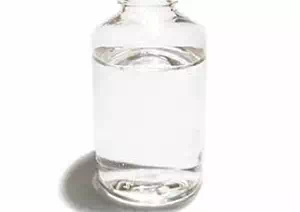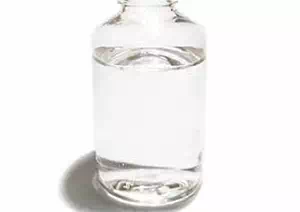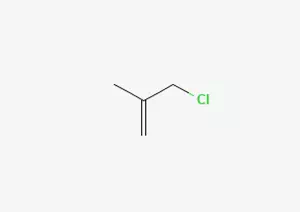All Categories



3-Chloro-2-Methylpropene CAS 563-47-3, 3-Chloro-2-Methylpropene, CAS 563-47-3
3-chloro-2-methylpropylene (CAS 563-47-3), as a highly active halogenated alkene, is a key intermediate in the synthesis of pesticides (phenyclotin, kebovir) and pharmaceuticals.
CAS : 563-47-3
Formula : C4H7Cl
Mol. wt. : 90.55
EINECS : 209-251-2
| CAS | 563-47-3 |
| Molecular formula | C4H7Cl |
| Molecular weight | 90.55 |
| EIENCS | 209-251-2 |
| Form | Liquid |
| Melting point | -80°C |
| boling point | 71-72°C |
| Density | 0.925 g/mL at 20°C |
| Solubility | Insoluble in water; It is readily soluble in ethanol, carbon tetrachloride and ether |
| PKA | / |
| Color | Clear |
| Storage temp |
3-chloro-2-methylpropylene (CAS 563-47-3), as a highly active halogenated alkene, is a key intermediate in the synthesis of pesticides (phenyclotin, kebovir) and pharmaceuticals. Its strong volatility, flammability, explosiveness and carcinogenicity require strict compliance with safety regulations (explosion-proof equipment, inert gas protection).
Chemical Name: 3-chloro-2-methylpropene (Also known as: methylallyl chloride, 2-methylallyl chloride, isobutylchloride)
Molecular formula: C₄H₇Cl
Molecular weight: 90.55 g/mol
CAS Number: 563-47-3
EINECS No. : 209-251-2
1. Pesticide Synthesis (Core Application
Acaricide intermediate: Chlorinated tert-butylbenzene, a key raw material for the synthesis of styrene-tin.
Insecticide intermediates: Furanol, an intermediate used in the production of Kebawei.
Other pesticides: Participate in the synthesis of herbicides such as methyl fluoxate.
2. Pharmaceuticals and Fine Chemicals
Pharmaceutical intermediates: synthetic reverse transcriptase viral protease inhibitors, muscone, etc.
Polymer additives: Production of sodium methylallyl sulfonate, 3-chloro-2-methylpropylene oxide.
Biomedical research: Reacts with isopropylamine to form N-isopropylmethylacrylamide, which is used as a drug carrier.
3. Other fields
Spice synthesis: Synthesis of high-value spice compounds.
Electronic materials: Participate in the preparation of special materials as organic synthesis reagents.
Health and environmental risks
Toxicity
Oral administration of LD₅₀ = 848 mg/kg in rats (poisoning); It is easily absorbed through the skin, causing burns and respiratory tract irritation.
Carcinogenicity: IARC classifies it as a Group 2B carcinogen (possibly carcinogenic to humans).
Environmental risk: Toxic to aquatic organisms. Leakage into water bodies must be prevented.
Operation and storage requirements
Protective measures
Wear a gas mask, acid and alkali resistant gloves, goggles and anti-static clothing.
Local exhaust ventilation should be provided to avoid contact with oxidants (which may cause combustion).
Storage conditions
Cool and well-ventilated place (≤30℃), protected by inert gas, isolated from oxidants.
Leakage Emergency response
Absorb with sand and soil. Do not rinse with water (it releases heat when exposed to water). When there is a large-scale leakage, the containment is carried out by building embankments and then burned.
* Prompt reply and 24 hours online, professional team to provide best price and high quality product.
* Sample testing support.
* Every batch of products will be tested to ensureits quality.
*The packing also can be according the customers` requirment.
*Any inquiries will be replied within 24 hours.
*we provide Commerical Invoice, Packing List, Bill of loading, COA , Health certificate and Origin certificate. If your markets have any special requirements, let us know.